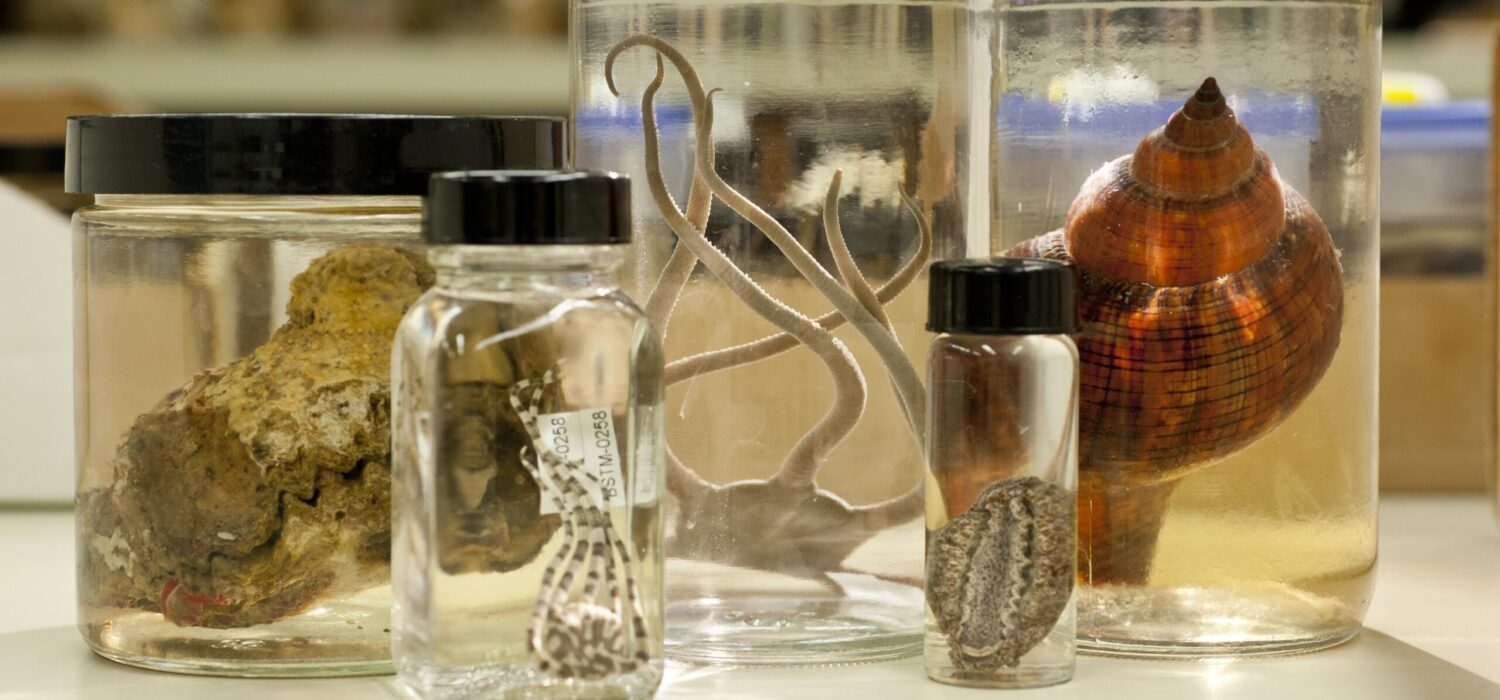After months of unfruitful negotiations, congressional leaders reached a deal on a $900 billion coronavirus stimulus package a few days before the holidays. The economic relief measure was passed by Congress on December 21, 2020 along with the fiscal year (FY) 2021 omnibus spending package. After demanding changes to relief provisions in the congressionally approved legislation for a week, President Trump capitulated and signed the stimulus-spending bill into law on December 27, 2020, just prior to the expiration of the most recent stopgap funding resolution.
The stimulus package includes $20 billion for the purchase and distribution of coronavirus vaccines; $325 billion in economic relief for small businesses, including $284 billion for the Paycheck Protection Program and an additional $20 billion for grants; $82 billion for schools with $22.7 billion for higher education institutions; unemployment benefit extensions of $300 per week through March 2021; and up to $600 direct payments to individuals. The legislation does not include the two controversial measures that had drawn out relief negotiations aid for state and local governments, which the Democrats had been pushing for, and liability protections for business, a GOP priority. The aid package also left out the $26 billion in supplemental research relief funding for federal agencies that academic and science groups, including NSC Alliance, have been advocating for.
The $1.4 trillion appropriations omnibus, which allocates FY 2021 funding for the federal government, rejects the deeps cuts proposed by President Trump for most science agencies and provides modest funding increases for research. The spending package provides:
- $8.5 billion to the National Science Foundation, an increase of 2.5 percent compared to FY 2020, with $6.9 billion for Research and Related Activities (+2.5 percent).
- $42.9 billion to the National Institutes of Health, an increase of 3 percent over FY 2020.
- A flat budget of $1.03 billion for the National Institute of Science and Technology, with a 4.5 percent increase for the agency’s core science programs.
- $3.3 billion (+$125 million) for agricultural research, including $1.57 billion (+$43 million) for the National Institute of Food and Agriculture, $1.53 billion (-$80 million) for the Agricultural Research Service, $435 million (+$10 million) for the Agriculture and Food Research Initiative.
- $13.7 billion (-$147 million) to the Interior Department in FY 2021, with $1.3 billion (-$60 million) going to the Bureau of Land Management; $3.1 billion (-$254 million) to the National Park Service; and $1.58 billion (-$60 million) to the Fish and Wildlife Service.
- $1.32 billion (+$45 million) to the U.S. Geological Survey, with $259 million for the Ecosystems Mission Area.
- $9.2 billion for the Environmental Protection Agency (+$180 million). President Trump had proposed a 26 percent cut to the agency.
- $1.033 billion (-$14 million) to the Smithsonian Institution, with $51.5 million (+$1.8 million) for the National Museum of Natural History.
- $257 million (+$5 million) to the Institute of Museum and Library Services.
The government has been operating under a series of stopgap funding resolutions since fiscal year 2021 began on October 1. The finalized appropriations package ensures predictable funding for federal research agencies for the remainder of the year. Although the latest stimulus does not include any funding to address pandemic-related disruptions to research, there will likely be other opportunities to secure research aid in the coming months. Several lawmakers and President-Elect Joe Biden have indicated that they will push for additional relief funding in the new year. Biden called the most recent stimulus an important down payment on what’s going to have to be done beginning the end of January into February.

